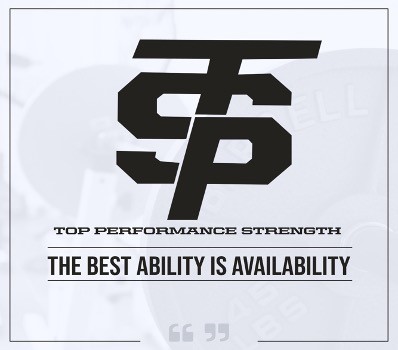I often joke with baseball players that they can start doing an “arm care” routine when they start throwing with just their arm. Everything affects everything. Movement starts from the ground up and is transferred joint by joint from the lower half, into the torso, the upper body, and eventually at ball release when throwing. If there is a lack of strength, mobility, motor control, timing, rhythm, and coordination in their sequencing, then compensation will occur.
When we observe various athletic movement patterns we want to see proper rhythm, timing, coordination, and sequencing. The fact is that all athletes, especially the best athletes in the world, are all really good at compensating. They do whatever it takes to complete the task at hand and get from point A to point B, even if it’s not effective or efficient. That also doesn’t mean we want to allow this to take place, especially in the weight room when load, speed, and intensity play a huge role in the health of an athlete. The main goal is to mitigate risk factors when it comes to poor movement, improve movement quality, and enhance performance outcomes.
When a baseball player comes in for an evaluation, we evaluate everything from joint range of motion, to movement competency, and key performance outcomes to get a better idea of where an athlete is in their current physical development. Typically when pain and/or injury occur at a specific site, such as the elbow, the source of the issue is coming from somewhere else in the body, and it takes a little digging and connecting the dots to find out where the actual source is coming from.
When we speak about things like arm care, I always make a point to discuss how the rib cage position dictates the function of the shoulder blades, which dictates the function of the shoulder, which dictates the function of the elbow, and eventually what takes place at ball release. This doesn’t even consider what is taking place at the lower half. I make this point to demonstrate how force is being transferred throughout the body. In this specific example I’m demonstrating how a lack of proper shoulder blade motion and control can be the source of a baseball player’s elbow pain, among other factors such as fatigue and overuse.
More often than not, the site of a baseball player’s pain is coming from somewhere else in the body. This is why we evaluate everything from a joint-by-joint approach. We want to identify, address, and correct movement limitations at every joint, whether they need to improve the range of motion and/or control.
This isn’t to undermine the importance of strength, speed, power, and specific skill development, all of the factors play a huge role in a baseball player’s overall success as well. This is simply to demonstrate the importance of taking a holistic and comprehensive approach to developing a baseball player’s overall athleticism and skills they perform on the field. Everything we do from physical development and specific skill development plays a role in “arm care” routine and overall health and performance of baseball players.



